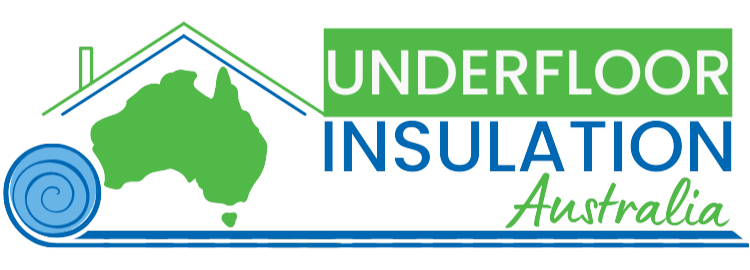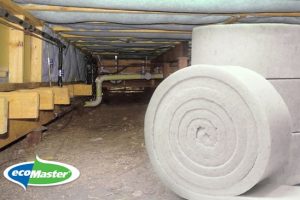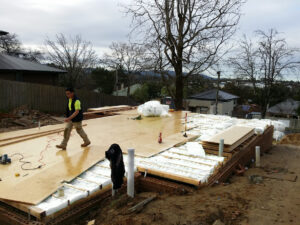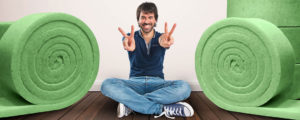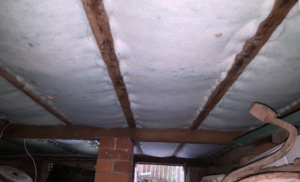When installing insulation in your home, understanding how different materials respond to moisture is crucial. Polyester and fibreglass are two commonly used insulation types, each with distinct characteristics and reactions to water exposure. Knowing how to handle wet insulation can save you time, money, and effort. Here’s a guide on what to do if polyester insulation gets wet versus fibreglass.
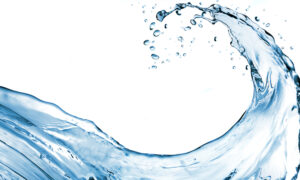
Polyester Insulation: Resilient and Reliable
Characteristics of Polyester Insulation
Polyester insulation, such as the Value Poly or Polymax range, is highly regarded for its durability, non-irritant properties, and environmental friendliness. Made from 100% polyester of which up to 80% is recycled PET bottles, polyester insulation is designed to withstand various conditions, including moisture exposure.
One of the significant advantages of polyester insulation is its resilience to water. Here’s what to do if it gets wet:
- Assess the Situation:
Check if the insulation is merely damp or completely soaked. Polyester can handle moisture without significant degradation, so minor dampness is not usually a concern. - Dry It Out:
If the insulation is soaked, allow it to dry out naturally. Remove any excess water and ensure good ventilation in the area to speed up the drying process. Polyester insulation will not be impacted by being wet.
- Reinstall If Necessary:
Once dry, polyester insulation retains its insulating properties and structural integrity. You can reinstall it without worrying about mould growth or loss of efficiency.
- Inspect for Damage:
Although polyester is robust, inspect it for any signs of physical damage. If the material is ripped or torn, consider replacing the affected sections.
Fibreglass Insulation: Less Forgiving
Characteristics of Fibreglass Insulation
Fibreglass insulation is widely used due to its cost-effectiveness and thermal efficiency. However, it is made from fine glass fibres, which are less resistant to water damage.
Handling Wet Fibreglass Insulation
Fibreglass insulation poses more challenges when exposed to moisture:
- Immediate Action Required: Wet fibreglass insulation can lose its insulating properties and become a breeding ground for mould. Immediate action is necessary to prevent further issues.
- Remove the Insulation:
Carefully remove the wet fibreglass insulation. It tends to hold water, which can lead to sagging, major weight gain and reduced effectiveness.
- Assess for Mold and Mildew:
Wet fibreglass is prone to mould and mildew growth, which can pose health risks. Inspect the insulation and the surrounding area for any signs of mould. - Dispose of Properly:
Unlike polyester, fibrerglass insulation typically needs to be replaced if it becomes wet. Dispose of the wet insulation according to local regulations. Think landfill. 🙁 - Install New Insulation:
Ensure the area is completely dry before installation replacement insulation. Replace the removed insulation with new insulation. And this time, consider replacing it with polyester insulation, so you don’t have to replace it again.
Polyester insulation stands out for its resilience to moisture, making it an excellent choice for environments where water exposure might occur. If polyester insulation gets wet, it can be dried and reused without losing its effectiveness. In contrast, fibreglass insulation is less forgiving; once wet, it usually requires removal and replacement to maintain a healthy and efficient home environment. Understanding these differences can help you make an informed decision about the best insulation for your home and how to handle any moisture-related issues that arise.
